The most complex exhibit I have ever worked on was Final Mission: USS Tang Submarine Experience, the museum’s interactive exhibit based on the last battle tour of the USS Tang. Opened in US Freedom Pavilion: The Boeing Center in January 2013, it is our attempt to bring to life, at an admittedly incomplete level, an experience that most of us will never go through: what life and battle was like aboard a submarine during World War II. This post is the first of seven that will take readers behind the scenes to see how the exhibit was developed.
The “Silent Service” required a special breed of sailor. Submariners not only lacked sunlight and fresh air—living instead on circulated air powered by diesel engines and heavily doused with sweat and other smells emanating from uncomfortable, cramped living quarters—they also faced the reality that an enemy strike on a submerged submarine meant certain death for the entire crew. Despite their smaller numbers compared to the rest of the US Navy, submariners made an outsized contribution to victory in the Pacific war as they preyed on Japanese merchant shipping, economically frustrating the Japanese war machine and strangling the home islands.
The USS Tang was recognized as the most successful American submarine in World War II, officially credited by the US Navy with 33 confirmed kills on five war patrols (not to mention saving 22 downed American aviators off the island of Truk on her second patrol). Tang received two Presidential Citations and was commanded by Captain Richard O’Kane, who in his previous post served as the executive officer to legendary Captain Dudley “Mush” Morton aboard the USS Wahoo. Together on the Wahoo, they had pioneered new techniques for aggressive submarine warfare that paid huge dividends at a cost of tremendously increased risks. They sought out the enemy, crossing the Pacific to attack the Japanese in their own waters. Under cover of night they surfaced the submarine, where the boat was most vulnerable to attack but also much faster and more maneuverable, to sneak against Japanese convoys and launch attacks before relying upon speed and darkness to escape.
As skipper of the Tang, O’Kane honed these aggressive tactics and principles of war to a whole new level. Final Mission specifically portrays the epic battle on the night of October 24–25, 1944, in the straits between Formosa (today Taiwan) and mainland China, where the Tang brazenly penetrated a convoy and struck five Japanese merchant ships before escaping. Returning to finish off the listing fifth merchant ship, O’Kane fired the last two torpedoes, after which the crew would head for home. The first shot found her target and sank the merchant ship, but Tang’s last torpedo was defective and jammed into a circular run, “porpoising” on the ocean surface and tragically striking Tang in the aft section of the boat.
Captain O’Kane was one of five sailors swept from the bridge into the sea, and eight sailors managed to escape the sunken vessel by blowing out the ballast tanks—so the boat came to rest on the ocean floor—and then individually rising through 180 feet of water using Momsen lungs. However, only four survived the ascent, and they were picked up with the survivors from the bridge on the surface the next morning by the Japanese. The nine Tang survivors spent the rest of the war in the Omori and Ofuna prison camps, while 78 of the 87 crew members perished with the boat. Captain O’Kane received the Medal of Honor from President Harry S. Truman after the war in 1946, and eventually retired from the Navy as a Rear Admiral.
Conceptually there were two huge and insurmountable issues to face in creating a submarine exhibit for the public. The first issue was that as a museum subject to the Americans with Disabilities Act there was no realistic way we could replicate the actual spatial and physical conditions of a WWII-era submarine in the exhibit. Second, from an experiential standpoint, how could we convey a story about a battle that most of the crew could not see? What impressions could we leave with visitors to give them some personal appreciation of this amazing history?
We realized that we would have to find solutions that would suspend reality, and that these solutions would invite criticisms. But we thought we could at least create an encounter that the public would remember and take home with them, that would personalize the Tang crew and invoke the history of all the submariners lost in World War II, and perhaps allow the public to imagine on some level what the actual, awful reality was like for those submariners during the war.
So what were the first steps that needed to be taken? We knew that much work was needed for scripting and the story line, but the physical space would also have to be memorable. To get our heads around the environment we would create, we needed a model. The USS Tang was a Balao-class submarine, and fortunately the New Jersey Naval Museum in Hackensack, New Jersey, features another Balao-class submarine, the USS Ling.
So in November 2011, my colleague Seth Paridon (then our Manager of Research Services) and I accompanied staff members from Cortina Productions to the Ling to document what the interior of a submarine looks like for the exhibit fabricators. As I’ve previously mentioned, the photographs shared here were taken for practical, documentary reasons (in other words, not shot under ideal set conditions and not meant to be beautiful), and given the available light inside a submarine, those limitations will be evident. But in the gallery below, one can see the 312-foot USS Ling (SS 297) anchored in the river at Hackensack; two photos of a Cortina staffer photographing the interior; a photo conveying the typical gears, gauges, and switches prevalent; a photo of one of the diesel engines; the clunky depth-control handles; and the rope-and-pulley system used to maneuver torpedoes into the tubes in one of the torpedo rooms.
As anyone who has actually set foot in a WWII-era submarine can attest, the living quarters are incredibly cramped. In this next series, one can first view a photo of a hatch and narrow corridor beyond. Note the nearly two-foot-high step at the bottom of the hatch, over which one has to negotiate (often while ducking your head beneath the top of the hatch) to pass through. Not only is it impossible for wheelchairs to pass such a structure, but it is also impassable for small children and people using walking aids. We obviously could not replicate these spaces for our visitors, but imagine crew members hustling through these spaces in a wartime emergency situation.
The following photographs include the galley, where meals were prepared for all 87 crew members; dining quarters where six to eight sailors might squeeze in for a meal; the most luxurious accommodations on the Ling, the captain’s quarters; and evidence of personal touches brought onboard by the crew, which they no doubt focused upon during many monotonous hours at sea. The final photographs depict the periscope towers rising above the bridge of the Ling, and a final photograph of my friend Seth manning the periscope below deck, looking out toward New York City.
But these beginnings were only the first steps in a long process. The images and information we gleaned from the Ling were sent to our fabrication company, The Taylor Group in Toronto, to begin a mock-up set for a submarine interior. What we saw on our first visit to The Taylor Group, however, might surprise readers, and will be the subject of my next post.
Notes: This is the first post in a series revisiting the making of the interactive exhibit Final Mission: USS Tang Submarine Experience. Read Part Two. Part Three. Part Four. Part Five. Part Six. Part Seven. In a parallel series of The Words of War posts, Dr. Huxen is exploring books about submarine warfare during World War II. Read Part One of that series. Part Two. Part Three. Part Four. Part Five. Part Six. Part Seven.
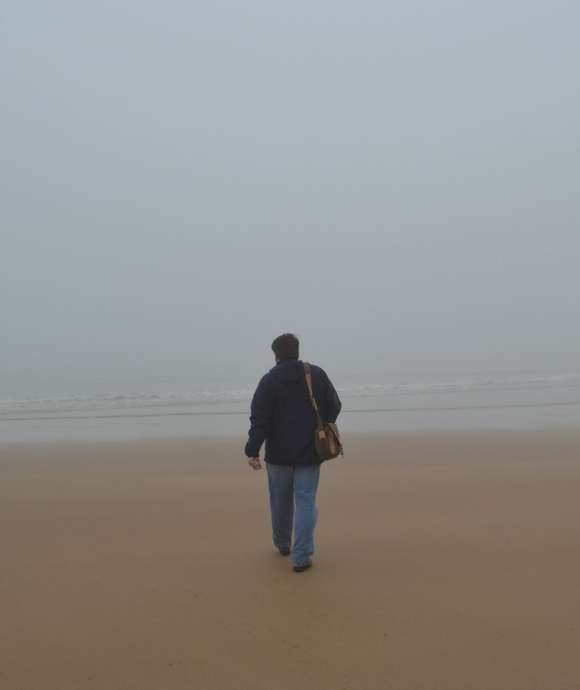
"No matter one’s age, travel is a unique and exciting educational experience. In my work, I have had the opportunity to reflect on history, events, and people in the places where they experienced life. Through the viewfinder, we can not only find history and perspective, but create memory, and evoke our evergreen past."
– Keith Huxen, PhD, Senior Director of Research and History, The National WWII Museum
Keith Huxen
Keith is the former Senior Director of Research and History in the Institute for the Study of War and Democracy at The National WWII Museum.
Cite this article:
MLA Citation:
APA Citation:
Chicago Style Citation:
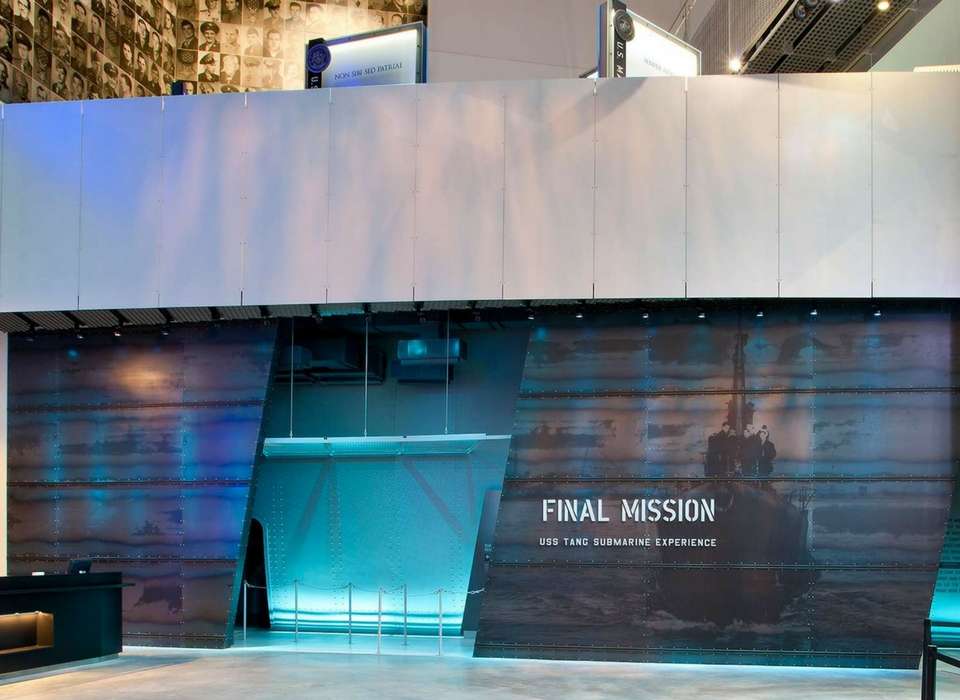
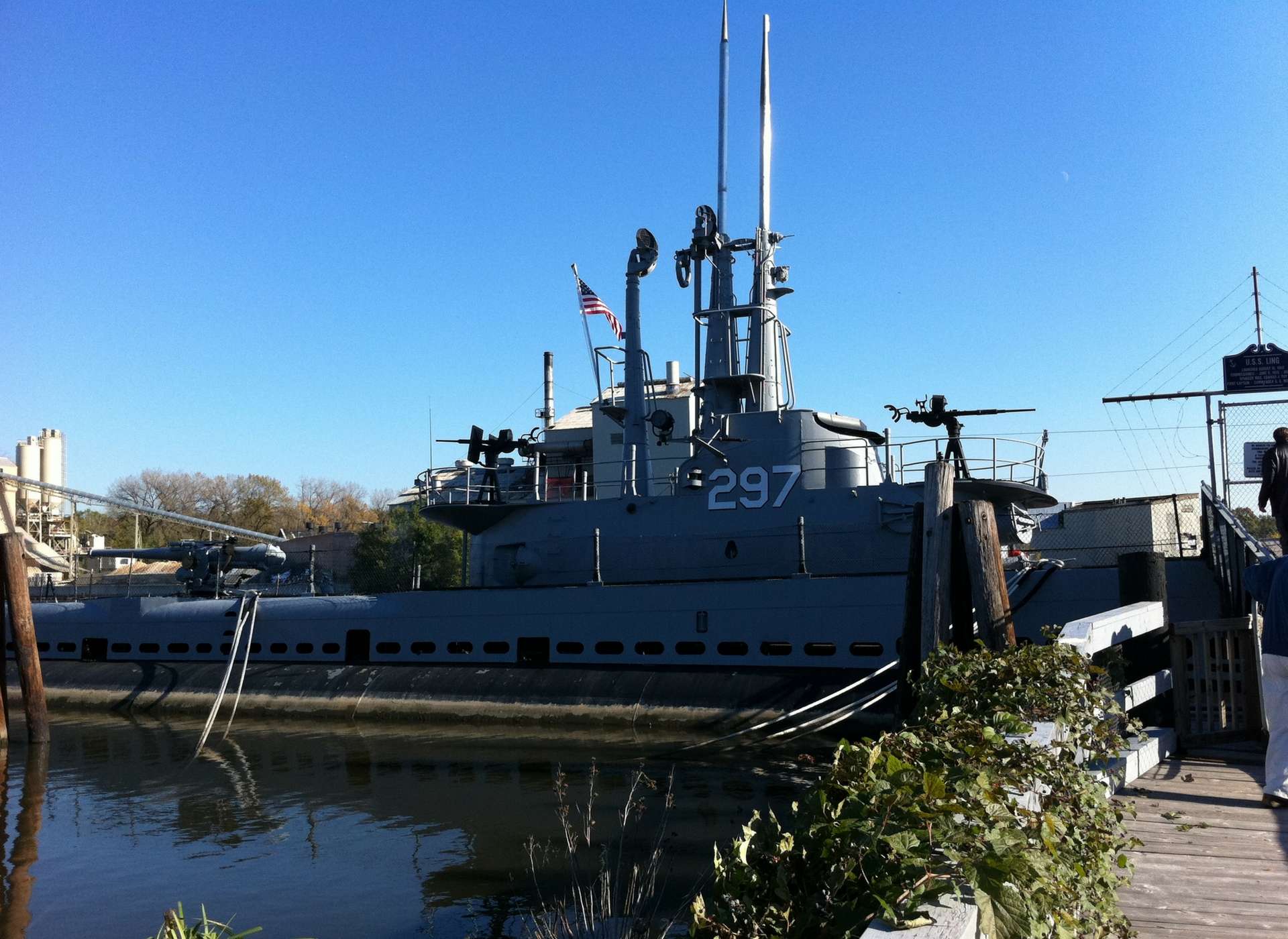
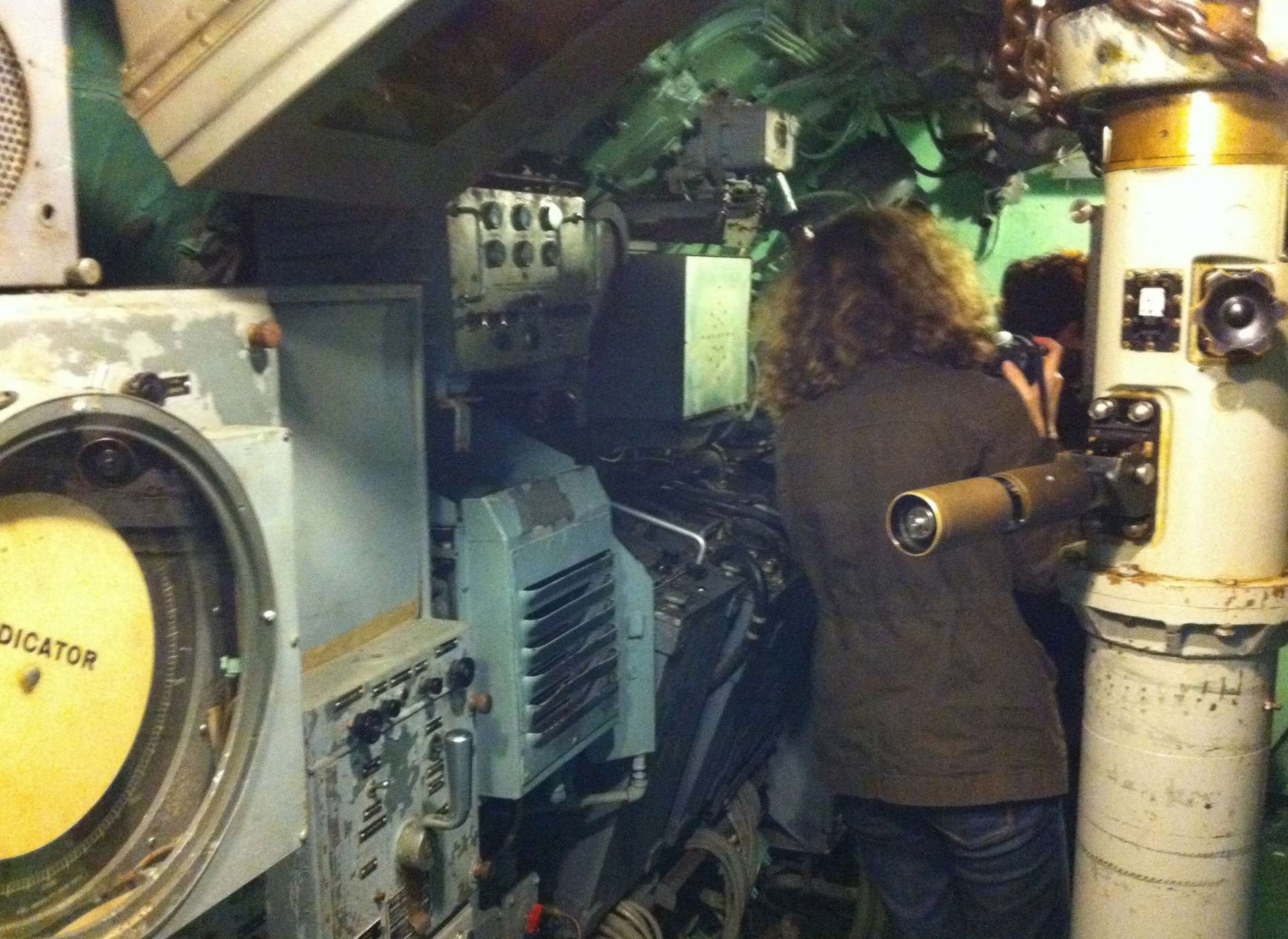
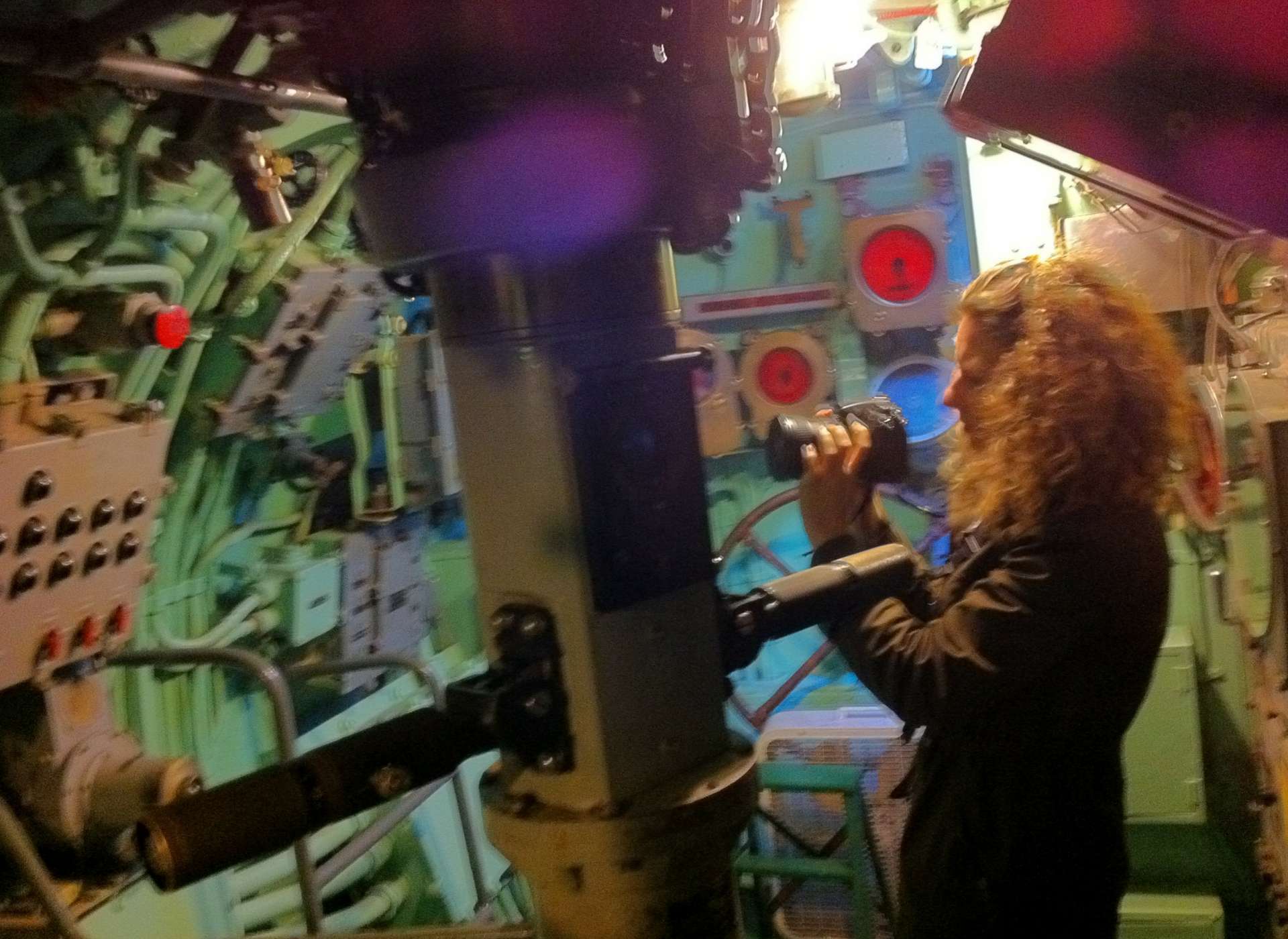
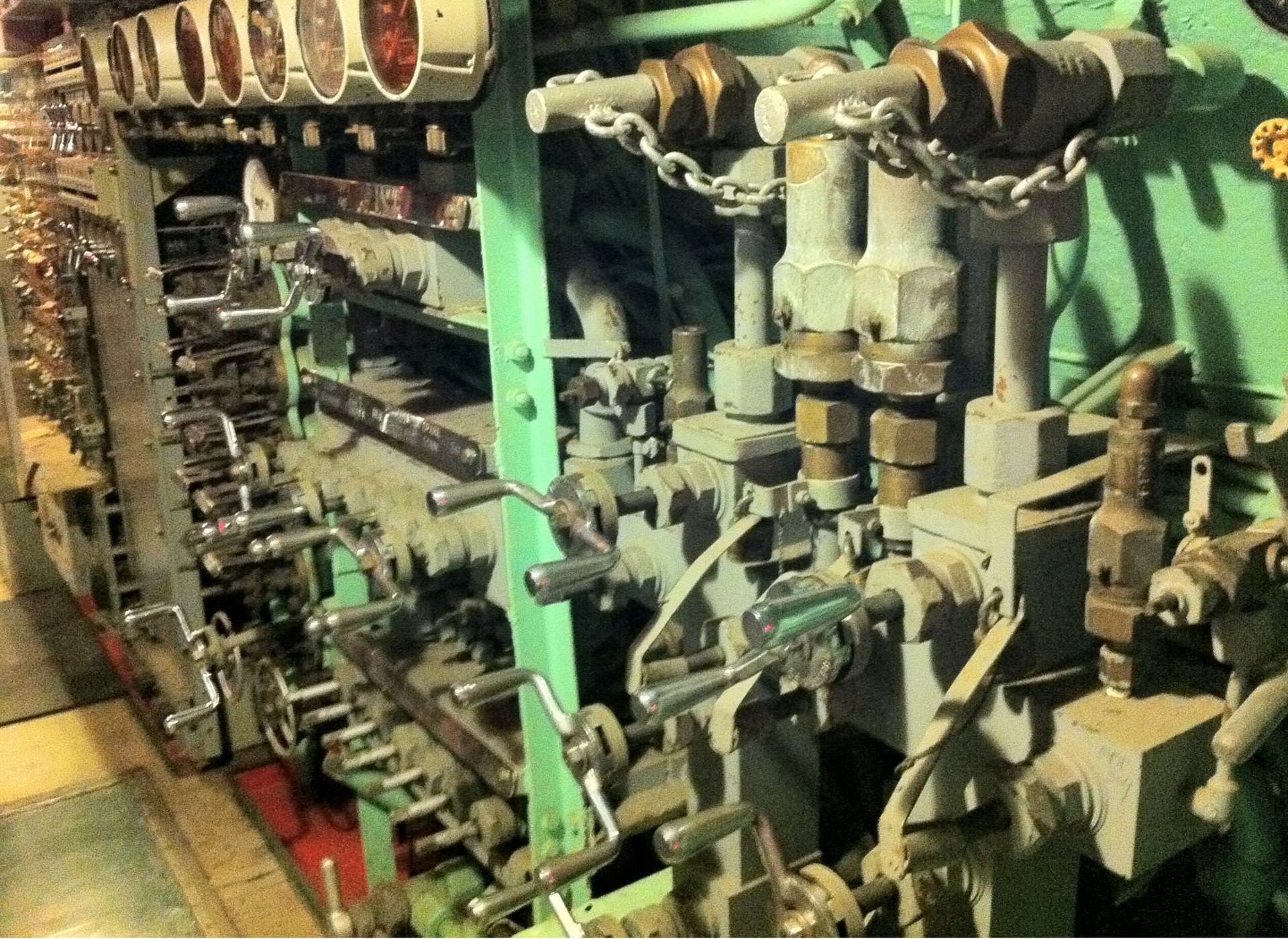
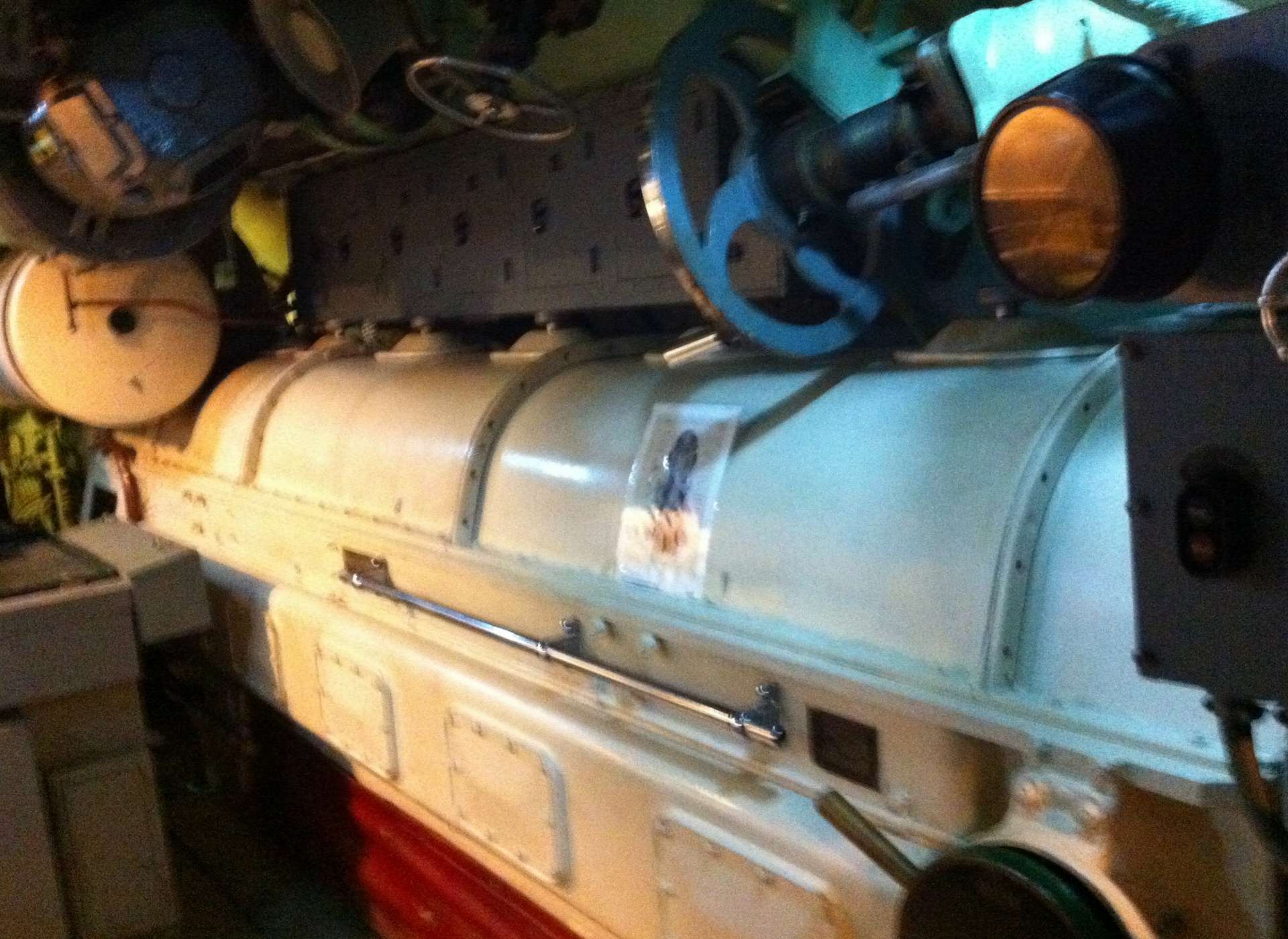
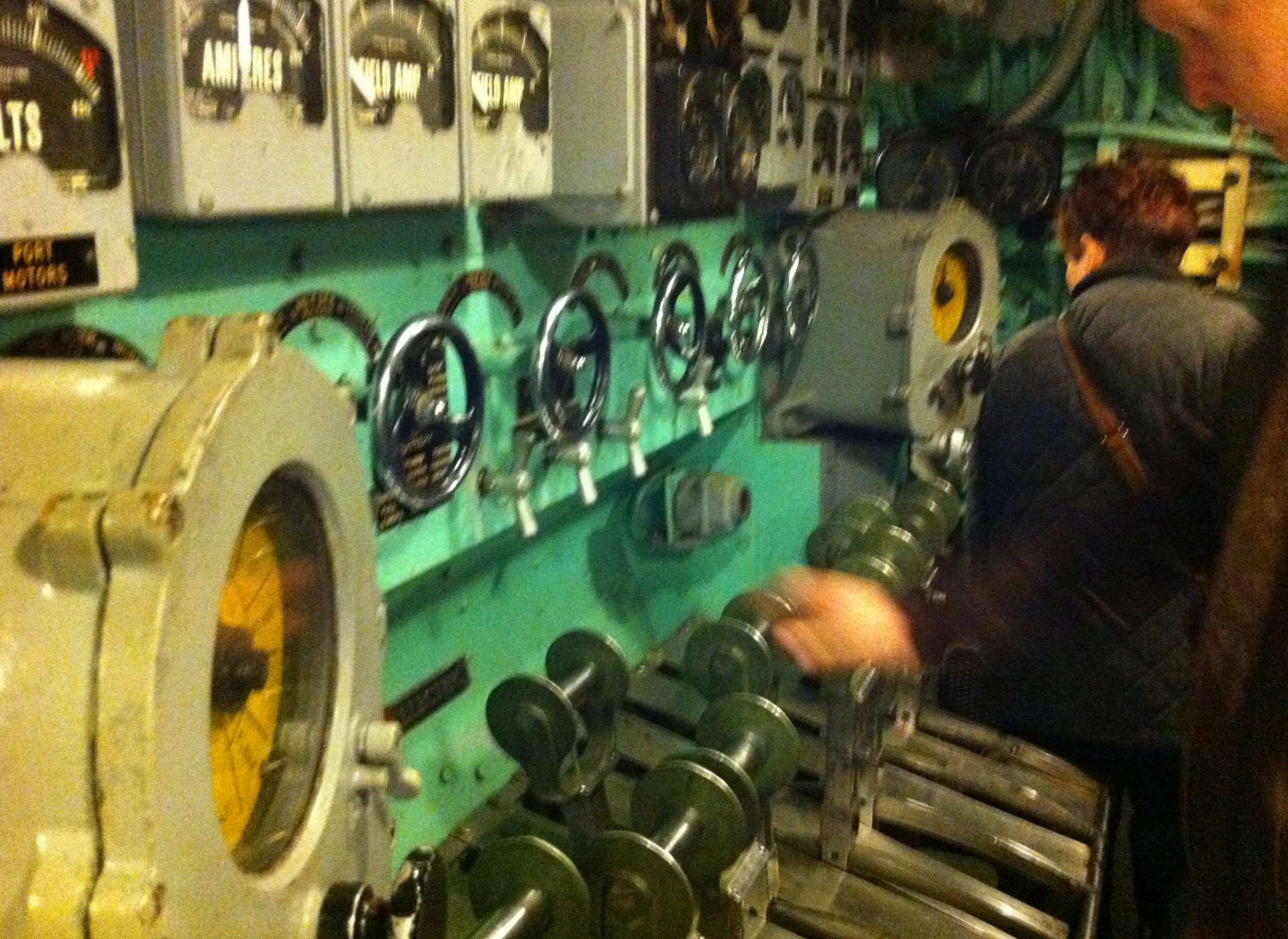
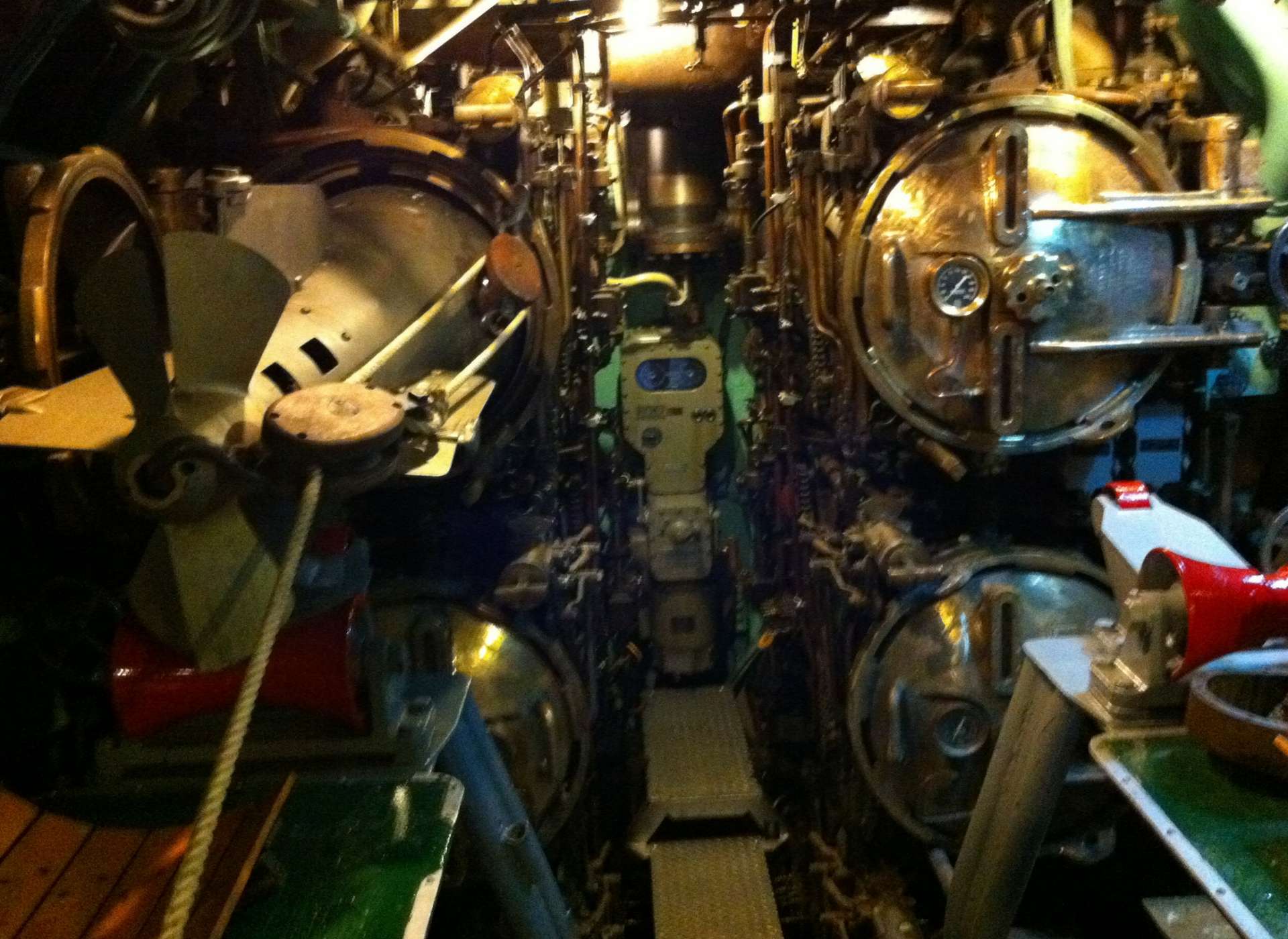
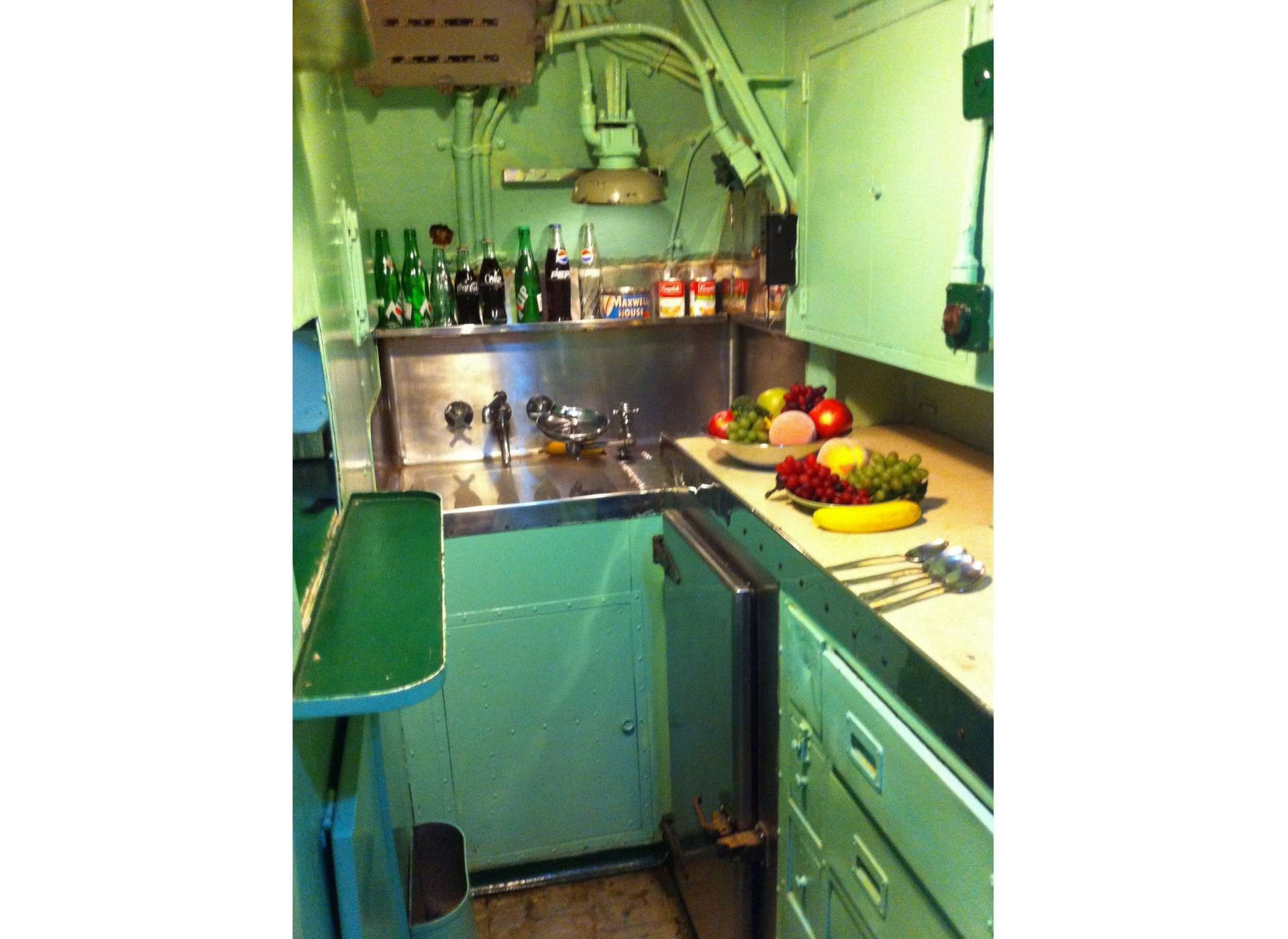
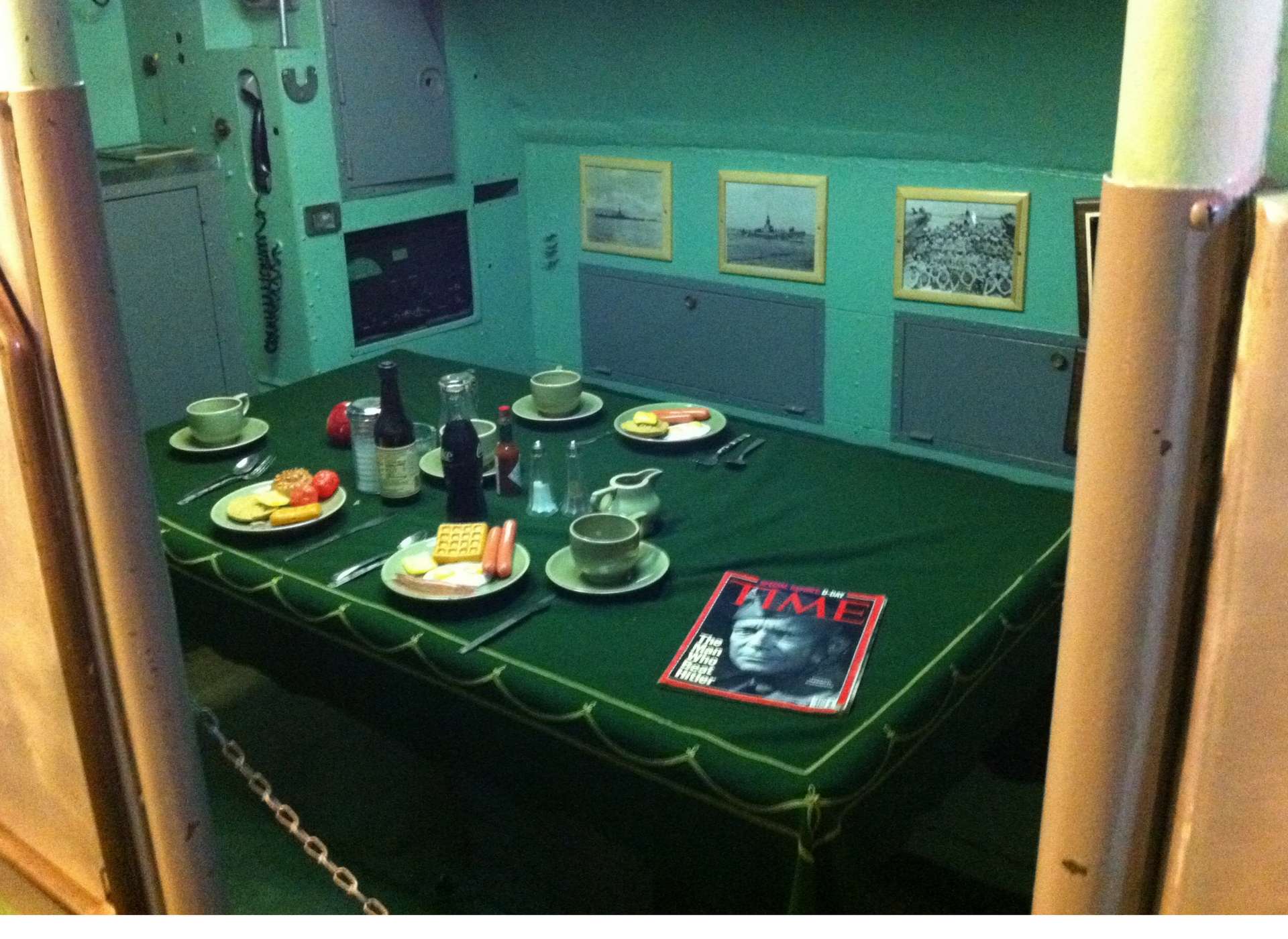
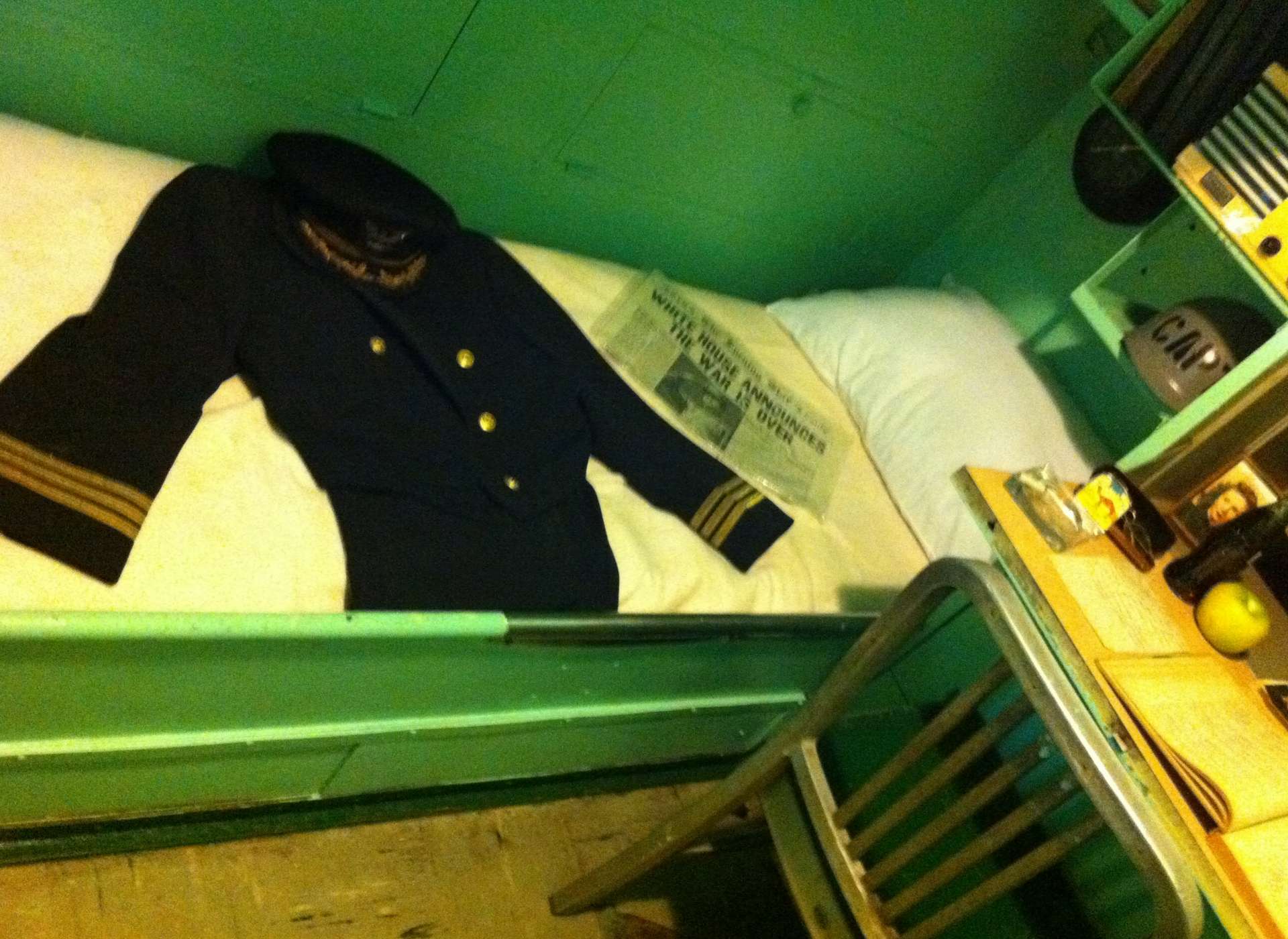
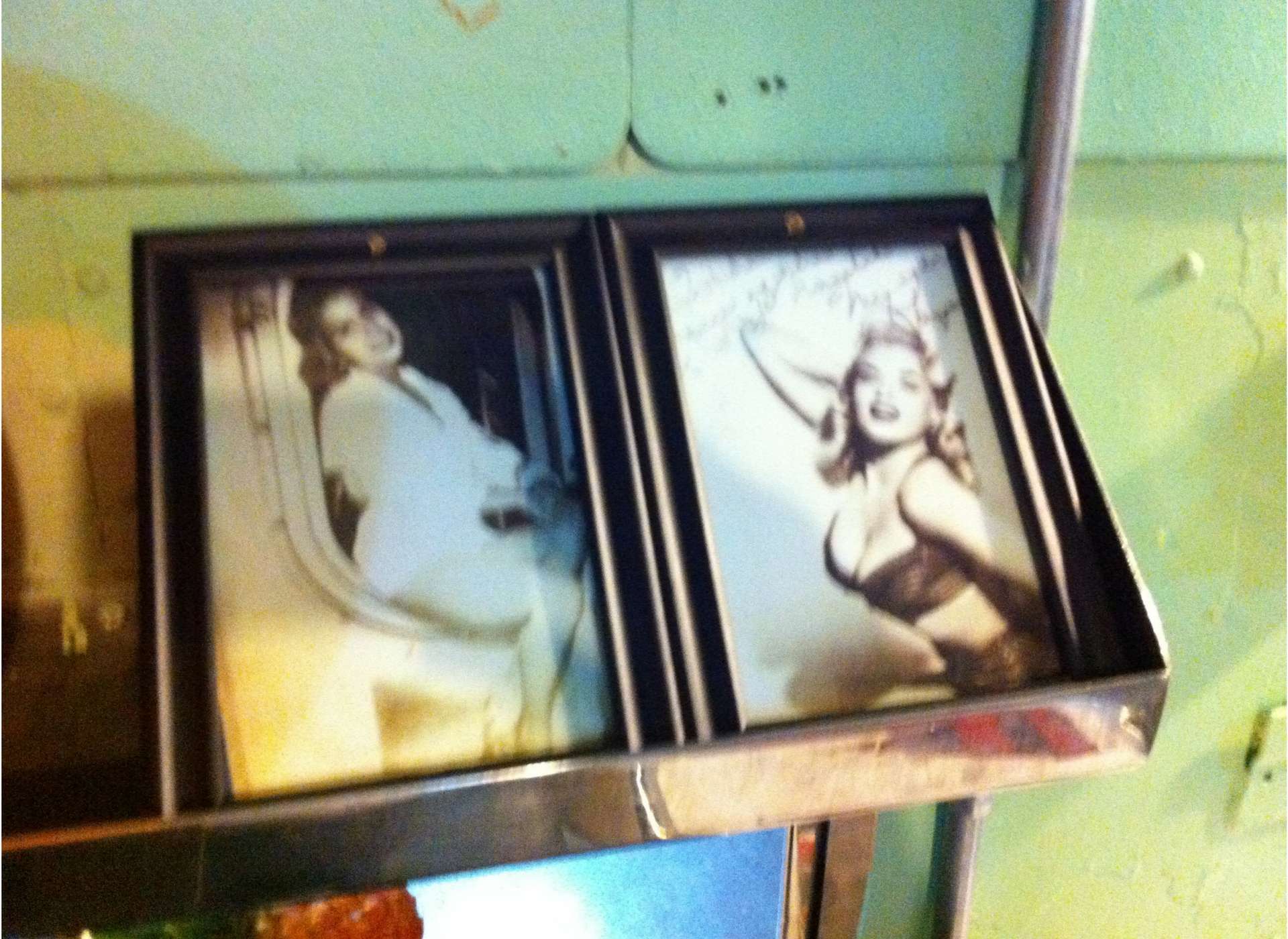
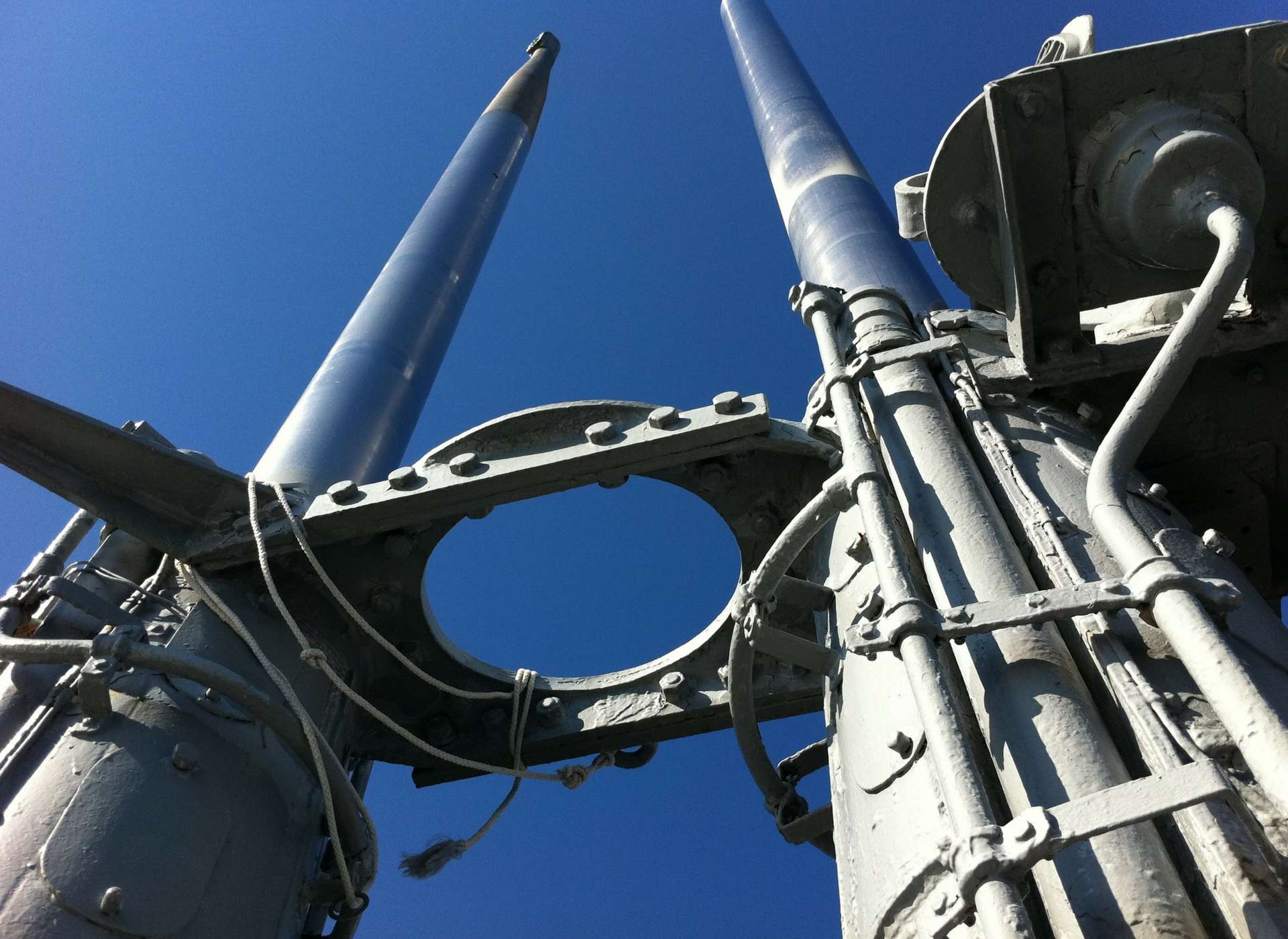
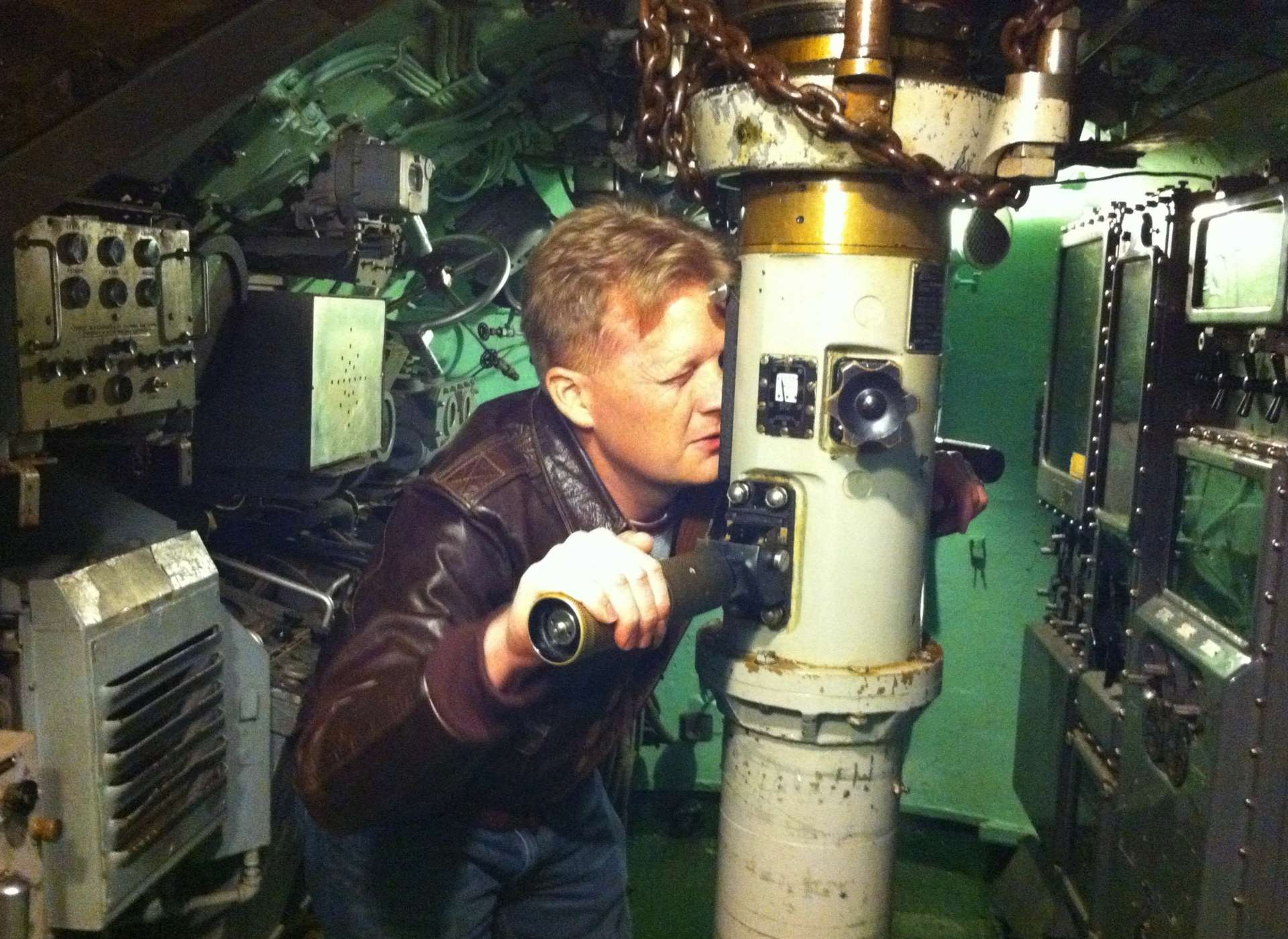


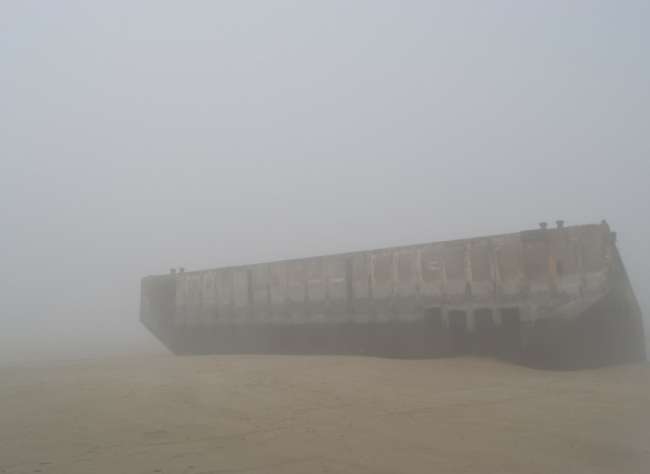






![Max Fuchs, New York City cantor, sings as Rabbi Sydney [sic] Lefkowitz, Richmond, VA, conducts the first Jewish services from Germany.](/sites/default/files/styles/max_650x650/public/2025-10/image1.jpg)

